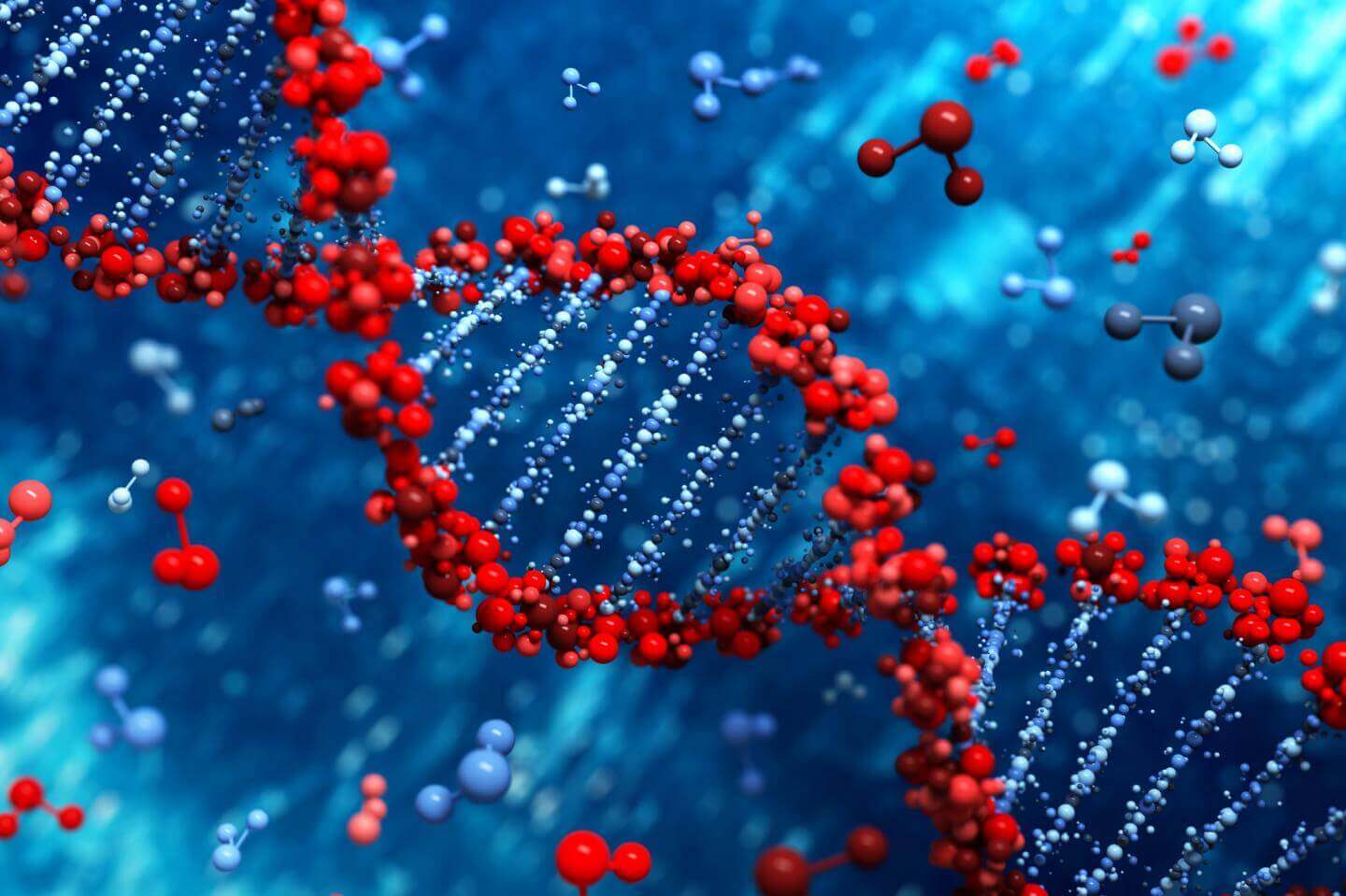



Business Inquiry
Global:
Email:marketing@medicilon.com
+1(781)535-1428(U.S.)
0044 7790 816 954 (Europe)
China:
Email: marketing@medicilon.com.cn
Tel: +86 (21) 5859-1500



DNA, the stuff of life, may very well also pack quite the jolt for engineers trying to advance the development of tiny, low-cost electronic devices. Now, a research team led by scientists at Arizona State University (ASU) has developed the first controllable DNA switch to regulate the flow of electricity within a single, atomic-sized molecule—much like flipping your light switch at home, only on a scale 1000 times smaller than a human hair.

“It has been established that charge transport is possible in DNA, but for a useful device one wants to be able to turn the charge transport on and off. We achieved this goal by chemically modifying DNA,” explained senior study investigator Nongjian Tao, Ph.D., professor of electrical engineering and director of the Center for Biosensors and Bioelectronics within the Biodesign Institute at ASU. “Not only that, but we can also adapt the modified DNA as a probe to measure reactions at the single-molecule level. This provides a unique way for studying important reactions implicated in disease, or photosynthesis reactions for novel renewable energy applications.”
The findings from this new study were published recently in Nature Communications in an article entitled “Gate-Controlled Conductance Switching in DNA.”
Engineers often think of electricity like water, and the research team’s new DNA switch acts to control the flow of electrons on and off, just like water coming out of a faucet. The ASU team had previously made several discoveries to understand and manipulate DNA to more finely tune the flow of electricity through it. They found they could make DNA behave in different ways—coaxing electrons to flow like waves according to quantum mechanics, or “hop” like rabbits in the way electricity in a copper wire works—creating an exciting new avenue for DNA-based, nanoelectronic applications.
To accomplish their goal, the investigators modified just one of the double-stranded DNA’s standard bases (A, T, C, or G) with another chemical group, called anthraquinone (Aq). Anthraquinone is a three-ringed carbon structure that can be inserted in between DNA base pairs but contains what chemists call a redox group (short for reduction, or gaining electrons, and oxidation, losing electrons). Redox groups are also the foundation for how our bodies’ convert chemical energy through switches that send all of the electrical pulses in our brains and hearts and communicate signals within every cell that may be implicated in the most prevalent diseases.
The modified Aq-DNA helix helped the biomolecule perform as an electrical switch, slipping comfortably in between the rungs that make up the ladder of the DNA helix and bestowing it with a new-found ability to gain or lose electrons reversibly.
Interestingly, the researchers found that when they sandwiched the DNA between a pair of electrodes, they could control the electrical field and were able to measure the ability of the modified DNA to conduct electricity. This was performed using a scanning tunneling microscope—a staple of nanoelectronics—which acts as the tip of an electrode to complete a connection, being repeatedly pulled in and out of contact with the DNA molecules in the solution like a finger touching a water droplet.
“We found the electron transport mechanism in the present Aq-DNA system favors electron “hopping” via anthraquinone and stacked DNA bases,” Dr. Tao noted. Moreover, Dr. Tao and his colleagues found that they could reversibly control the conductance states to make the DNA switch on (high conductance) or switch off (low conductance). When anthraquinone gains the most electrons (its most reduced state), it is far more conductive, and the team finely mapped out a 3D picture to account for how anthraquinone controlled the electrical state of the DNA.
Looking toward the future the team is eager to extend their studies in a direction that could make DNA nanodevices a reality.
“We are particularly excited that the engineered DNA provides a nice tool to examine redox reaction kinetics and thermodynamics at the single-molecule level,” Dr. Tao concluded.
 Relevant
news
Relevant
news